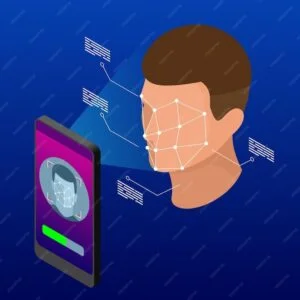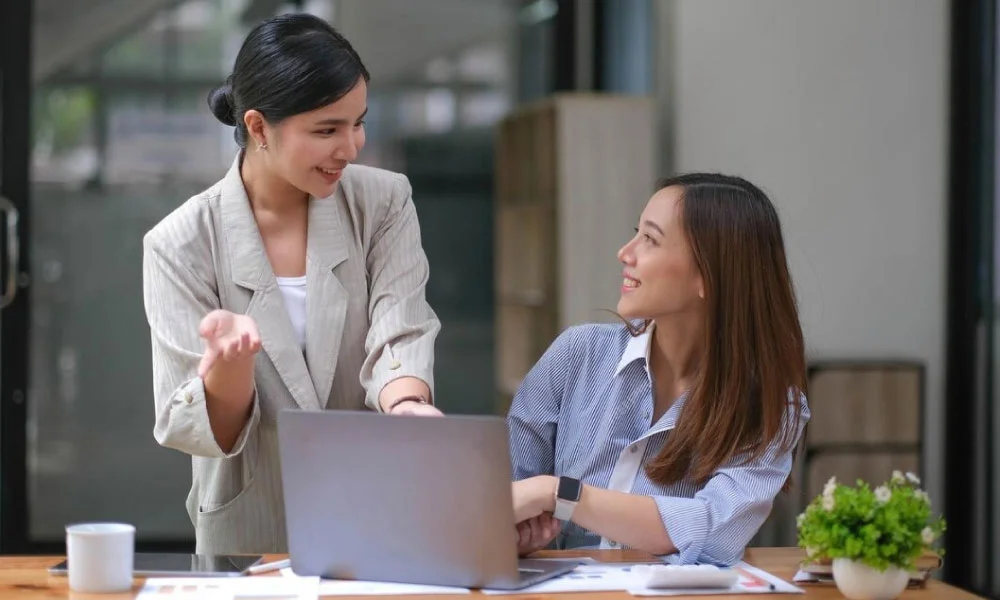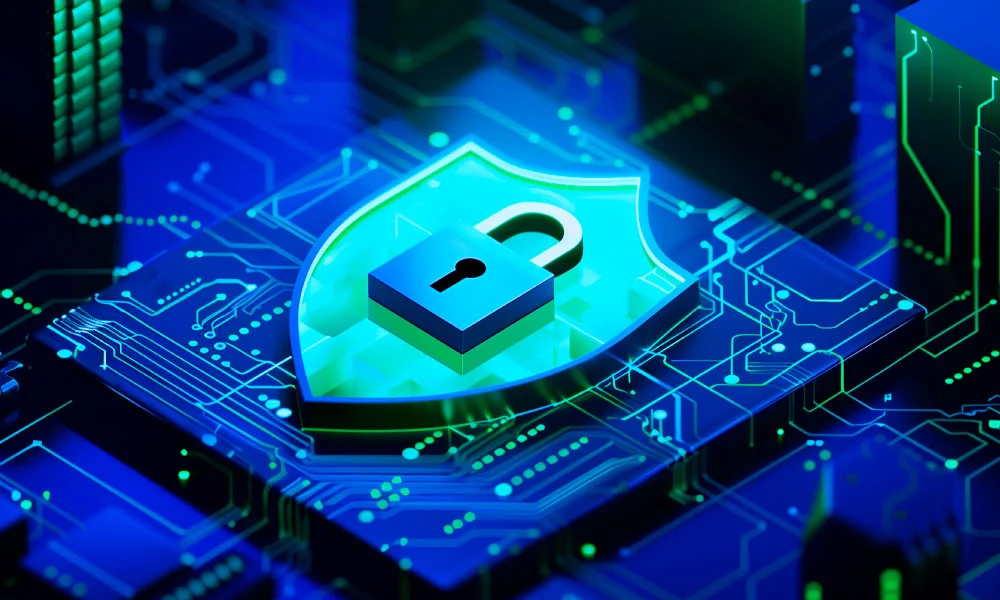Synthetic media or deepfakes are a major threat to internet users. Such files can manipulate and mislead the audience remarkably. According to experts, deepfake creation and circulation have increased fourfold in 2024 compared to 2022. It reflects how the mechanism can become more dominant in the coming years.
Deepfakes have impacted both individuals and businesses by threatening their reputations. In a way, deepfakes have made people question every aspect they see and observe on the web, including valuable information. Hence, it is high time to adopt synthetic media identification methods.
In this blog, we shall discuss why it is important to detect synthetic media and common methods of identifying deepfakes. Nevertheless, we shall start with the impact of such technologies.
Impact of deepfakes:
Deepfakes can impact businesses and their consumers. Alongside spreading misinformation, it can provoke people to make wrong decisions as well. Below are the major influences of synthetic media:
Financial fraud: Criminals can create deepfakes of individuals and threaten them for money and other resources.
Identity theft: Deepfakes use the original identity of people and create fake media files out of it. This is a predominant practice of identity theft, invading people’s privacy.
Ethical issues: Using someone’s identifications illegally is ethically wrong. Therefore, deepfakes are a great threat to ethical concerns. So, identifying deepfakes is essential.
Cyber threats: Criminals generally circulate deepfakes on digital platforms, which have become a common type of cyberattack.
Importance of identifying deepfakes:
Detecting deepfakes is important to prevent scams and fraud, which is essential for individuals as well as organizations. Moreover, to restrict the growing number of cybercrime incidents, people need to tackle the misleading approach of synthetic media.
Over 5.3 billion people currently have access to the internet worldwide, which accounts for 65% of the global population. Therefore, if the circulation of deepfakes increases, it will impact many individuals in different corners of the globe.
Such practices contribute to people's reduced trust in technology. When viewers encounter the distribution of synthetic or fake media on any platform, they consider it improper and, hence, decrease their usage time. Deepfakes are a result of enhanced technological adaptation. Due to their manipulative nature, users lose trust in technological advancements and suspect them of being risky to society.
Additionally, deepfakes directly threaten the ethical and national spectrums of society, which we need to limit while aiming for a better tomorrow. With enhanced quality, it has become harder to identify fake images and videos online. This indicates that such files can mislead anyone with limited knowledge of synthetic media. On such grounds, implementing methods of detecting and identifying deepfakes is important.
Methods of identifying deepfakes:
Focus on the face: Criminals mainly manipulate the faces of the subjects in deepfakes. If you notice any uneven attributes in the face, such as skin tone, expressions, directions, and others in an image, it can be synthetic media.
Monitor audio-video synchronization: While identifying deepfake videos, it is suggested to monitor whether the video and audio have proper synchronization or not. If the mouth or lips of the subjects are moving differently than the audio or speech, the video can be fake.
Length and quality of deepfakes: Deepfake images are usually of low quality. Similarly, deepfake audio and videos are comparatively shorter in length. The reason for this is that the process of creating deepfakes requires huge amounts of data and offers quick results.
Concentrate on the details: Deepfake creators do not work on every detail in a file. So, aspects in synthetic images and videos generally seem unusual and do not match the tone of the original elements. Tracking unusual details can help in identifying deepfakes.
Use tools: In addition to tools that create flawless synthetic media, there are several AI-enabled software programs that can easily detect deepfakes. Leveraging such tools can be beneficial for identifying fake and misleading content on the internet.
Concluding remarks:
Individuals and organizations must be aware of the common tactics of identifying deepfakes to tackle their negative impacts. Such content can mislead viewers to a different level, provoking ethical and cybersecurity concerns. Consider the above guide we have mentioned to learn the impact of deepfakes and the methods to identify such content. Follow our blog section for your regular tech dose.
You May Also Like:







